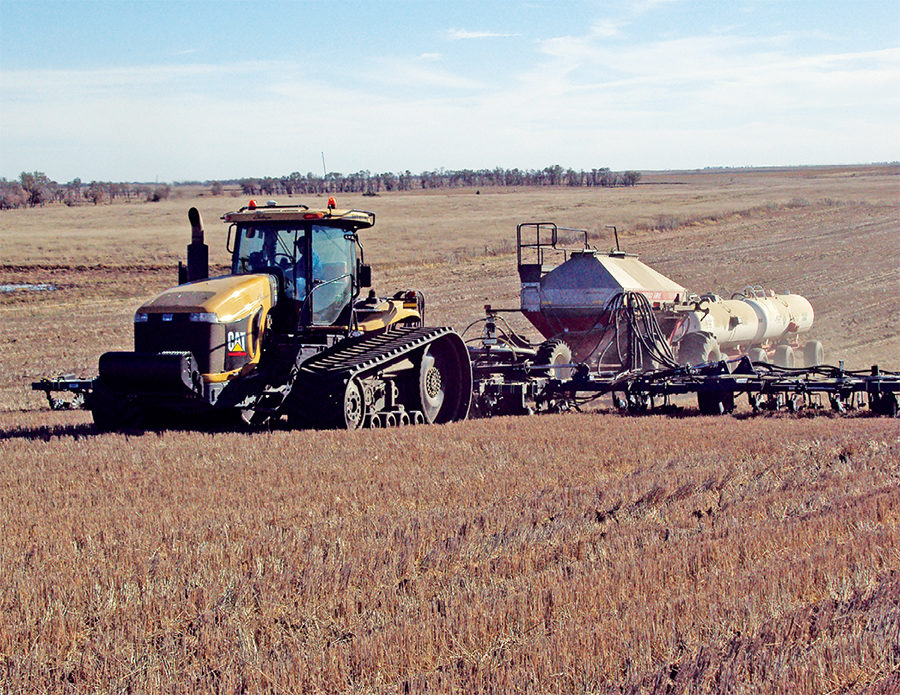No-Till Farmer
Get full access NOW to the most comprehensive, powerful and easy-to-use online resource for no-tillage practices. Just one good idea will pay for your subscription hundreds of times over.

One reason why growers are turning to strip-till is so they can place nutrients in the soil where plants need them.
For example, by strip-tilling and banding fertilizer, corn growers can place phosphorus and potassium down where the roots will reach them at V6 to V8.
“Ideally, you want the plant roots to chase the nutrients down in the soil,” says Dan Froehlich, agronomy manager for Plymouth, Minn.-based fertilizer manufacturer The Mosaic Co. “When fertilizer is broadcast, the roots tend to stay on top. That’s fine, if there’s plenty of moisture there.
“But if you put the nutrients down far enough, the roots will proliferate there. If you can drive the roots down, you will help the plant survive and thrive if it turns hot in the summer.”
But experts say growers shouldn’t make assumptions.
The old rule of thumb about banding fertilizer, instead of broadcasting, was that rates could be reduced by 30% to 50%, Froehlich notes.
“With today’s corn yields, that’s just not the case,” he says. “Farmers are fertilizing at the same rates now as they did when corn yields were 30 bushels less per acre.”
Banding nutrients may enable strip-tillers to gain application efficiencies, says Tony Vyn, a Purdue University agronomist. But growers must not make decisions in a vacuum.
“Don’t assume that you will have an overall reduction in long-term phosphorus and potash requirements in strip-till,” Vyn says. “You will probably be able to apply less phosphorus and potash with strip-till…